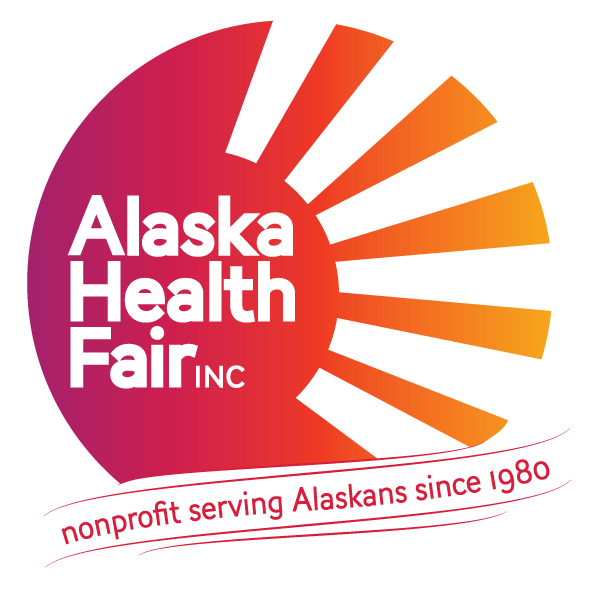Just because it’s low carb or low calorie, have you checked to see how many vitamins and nutrients it has? Read the labels, don’t just take the manufacturer’s word for it. Total fat, sodium and cholesterol should be 5% or less.
Does your cafe at work offer healthy options daily? Have you tried a cup of veggies and pretzels with hummus or a greek yogurt parfait made with fresh fruit, not fruit flavored syrup? Check the sodium and sugar content on any pre-packaged food item, which includes skimming the ingredients list.
 Meal planning tips for the busy work week could revolve around a theme for each day of the week. This will help narrow down the plethora of options stressing you out. Here are some ideas to start with, but feel free to be creative and come up with your own: Meatless Monday, Turkey Tuesday, Casserole Wednesday, Left Over Thursday, Fishy Friday, International Flavor Saturday, and Crock Pot Sunday.
Meal planning tips for the busy work week could revolve around a theme for each day of the week. This will help narrow down the plethora of options stressing you out. Here are some ideas to start with, but feel free to be creative and come up with your own: Meatless Monday, Turkey Tuesday, Casserole Wednesday, Left Over Thursday, Fishy Friday, International Flavor Saturday, and Crock Pot Sunday.
Just because there’s a healthy label, doesn’t mean it’s healthy for you. Sure, it might be “gluten free,” but what does the rest of the nutrition label say? Manufacturers are being very sneaky, labelling whole grain and whole wheat, but now you’re confused as to which is better. Whole wheat means the bread is made from the entire wheat kernel. Whole grain means the bread is made of any whole-grain kernel that could be wheat, spelt, barley or a mixture of different whole grains. Whole wheat is one kind of whole grain so all whole wheat is whole grain, but not all whole grain is whole wheat.
Cook it healthy! I don’t mean to sound like Forrest Gump, but you can steam it, roast it, grill it, saute’ it and use poly unsaturated oils to prepare it in. Eating healthy doesn’t have to be bland, so get familiar with your herbs and seasonings on your spice rack. We all have our favorite 2-3
spices, but you can get creative and give your taste buds something new to talk about.

Kimberly A. Morgan, MPH, CHES
Public Health Instructor, UAA
Contributing Author
